MALAYSIA FEB/MAR 2024
The lounge at Heathrow T2 was shut for refurbishment, much to Sarah’s annoyance, so her 5am champagne was courtesy of Caffe Nero. Her bed doesn’t recline, so moving the seat back and forth has to be done manually by cabin crew. There’s an Istanbul stopover and a delay, so it’s a long trek to Kuala Lumpur (original meaning “Muddy confluence” based on its origin as a swampy staging post for a nascent tin mining industry). KL is high-rise everywhere, which it doesn’t need to be. We stay at the Intercontinental, as random weather rolls in with many a torrential downpour.
Then off to Singapore, Indonesia, Brunei and Borneo…
MALAYSIA PART 2
It’s time to head to the jungle. Mulu Marriott Resort in Gunung Mulu National Park, to be precise. I am driven across the border back into Malaysia to Miri airport for the short 30-minute flight in. No time to spare, I am whisked off the national park for a 4km hike to Deer Cave, whose inhabitants certainly include bats – perhaps 3 million of them – plus oddities such as cave scorpions and blind catfish. The jungle is full of interesting stuff such as 5-inch stick insects, lantern bugs and horned frogs, whose calls sound a bit like a howling dog. Lang Cave next door is another delight, and you can spend hours staring at stalagmites and stalactites. Then sit and wait outside for millions of bats to emerge in swirling formations like starlings. Calculations suggest that they eat 3 million tons of mosquitoes, but it’s not clear whether that is per day/week/month or year.
 The next day we take a boat on the river to Wind Cave, which is vast. There is indeed a cool breeze inside and it took the locals a while to work out that it was coming from 3km away. The network in these limestone caves is possibly the biggest in the world. Just upriver is Clearwater Cave, which used to contain a vast river. This where the locals hid from the Japanese during the war.
The next day we take a boat on the river to Wind Cave, which is vast. There is indeed a cool breeze inside and it took the locals a while to work out that it was coming from 3km away. The network in these limestone caves is possibly the biggest in the world. Just upriver is Clearwater Cave, which used to contain a vast river. This where the locals hid from the Japanese during the war.
On the last morning, we do the Mulu Skywalk which is the world’s longest tree-based canopy walk. It’s 480 metres long and 20 metres off the forest floor. It’s narrow and I am declared the first person out, which means brushing through all the overnight cobwebs. It’s not for the faint-hearted, but it’s safe enough. Sadly though, not an animal to be seen, so it’s just a general appreciation of the noises of the forest and the scale of the trees. Back for breakfast and then it’s off to Kuching.
Kuching (literal meaning: cat) is a fairly twee but charming city. There are indeed cat shrines all over the place, with banal gangs of tourists taking selfies in front of them for no apparent reason. I check in to the Riverside Majestic Kuching. The view from the Sky Lounge over Rajang River is a delight on a bright day. Friends Annie & Mike kindly pick me up and show me round the place. There are about 1 million people here but it doesn’t feel like it.
The next morning I head out to Bako National Park and once the tide has come in enough we take a boat to the island and spend some time mucking about with snakes, monkeys, and colugos, or Sunda flying lemurs. They don’t really fly – they glide. The guide is somewhat obsessed with spotting a proboscis monkey, and we do, but I don’t have the heart to tell him I’m not that fussed with them really. The pit vipers are cool. Everything else is hot. It’s interesting that everyone assumes that, just because you have come to a certain place, you are obsessed with the signature item in that place. On arrival, I refused to join a stampede with 20 other people to stare at a tree to (possibly) see a proboscis monkey. At which point, the distressed monkeys fuck off. I’d rather stroll quietly and see what nature offers up.
The next day I’m off to the Semonggoh Orang Utan centre, 22km south of Kuching, where they are rehabilitated. It is hammering down with rain and for 50 minutes nothing happens. Then we trudge off to a different part of the forest, not easy in drenched flip flops, where a 36-year-old mother and her 5-year-old son are accepting fruit handouts. Wet, but wonderful.
For one last push, I nip to the excellent Borneo Cultures Museum. Apart from the screaming kids, it is informative and well laid out. The Kayan masks to scare off spirits were great, although sadly there was nothing like them available in the gift shop, and they had clearly not mastered the art of putting eyeballs into stuffed birds in the natural world section. From the high vantage point of the museum I see vast plumes of smoke billowing across the skyline. It transpires later that a car has caught fire and ignited a series of shops in a heritage part of town. Nasty, and most likely because the locals are constantly fiddling with their cars and making amateur adjustments to them – this time with disastrous consequences.
40 minutes south-west of town is Siniawan, famous for its night market and bijou main street. We have a fun dinner out there and soak up the atmosphere.
And then I am back off to KL to rendezvous with Sarah. Both our flights are delayed by an hour, which is quite symmetrical.
Concluding remarks on Malaysia. Curiously split between the westerners in KL who feel they are superior, and the easterners in Borneo/Sarawak who think the other lot are boring snobs with no knowledge of natural matters. KL is boring and unnecessarily high rise. There’s no need for it, because there is plenty of space. Borneo is proper jungle, with all manner of caves and dangerous animals. For someone with a penchant for the natural world, east beats west 10-0, yielding a pure Borneo/Sarawak score of 9/10. If diluted by the dullness of the west, the average score would drop to 6. Borneo highly recommended.
All shots taken by KD, except this one – the elusive Proboscis Monkey.
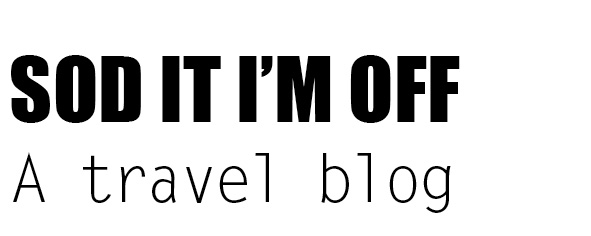





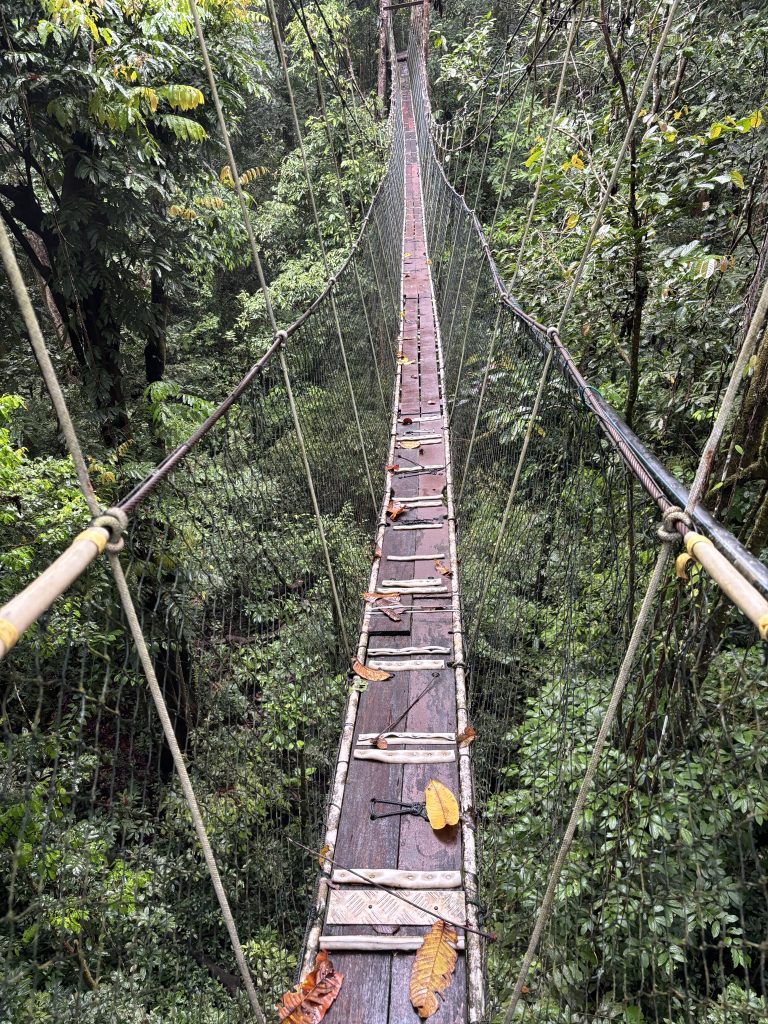


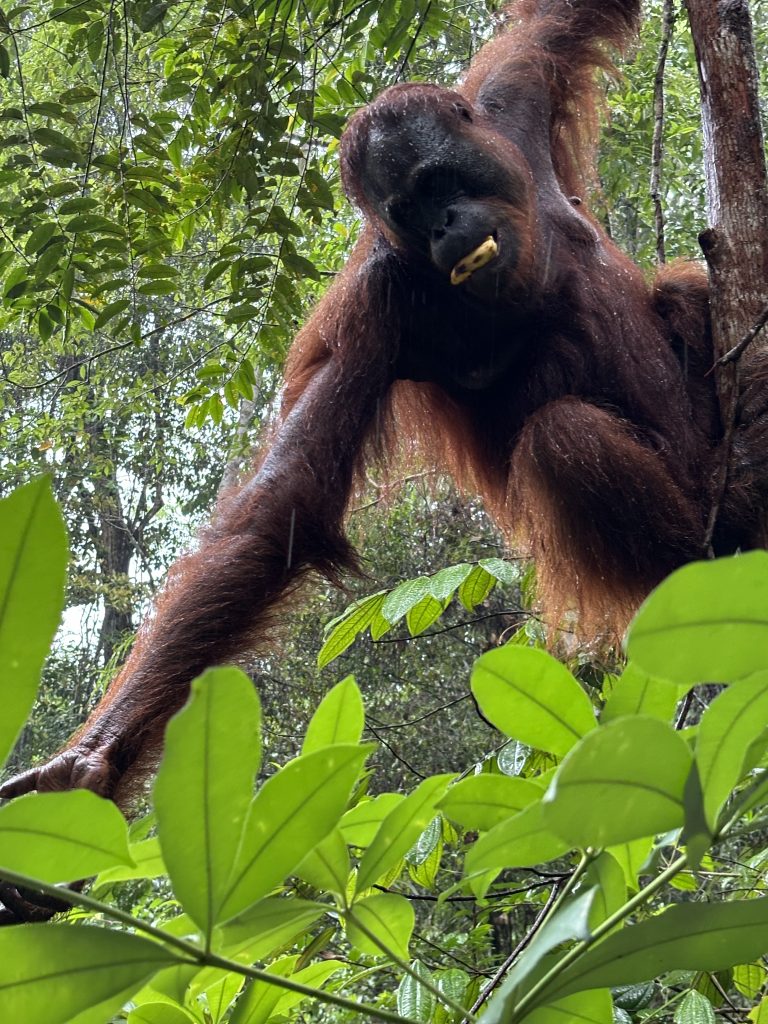
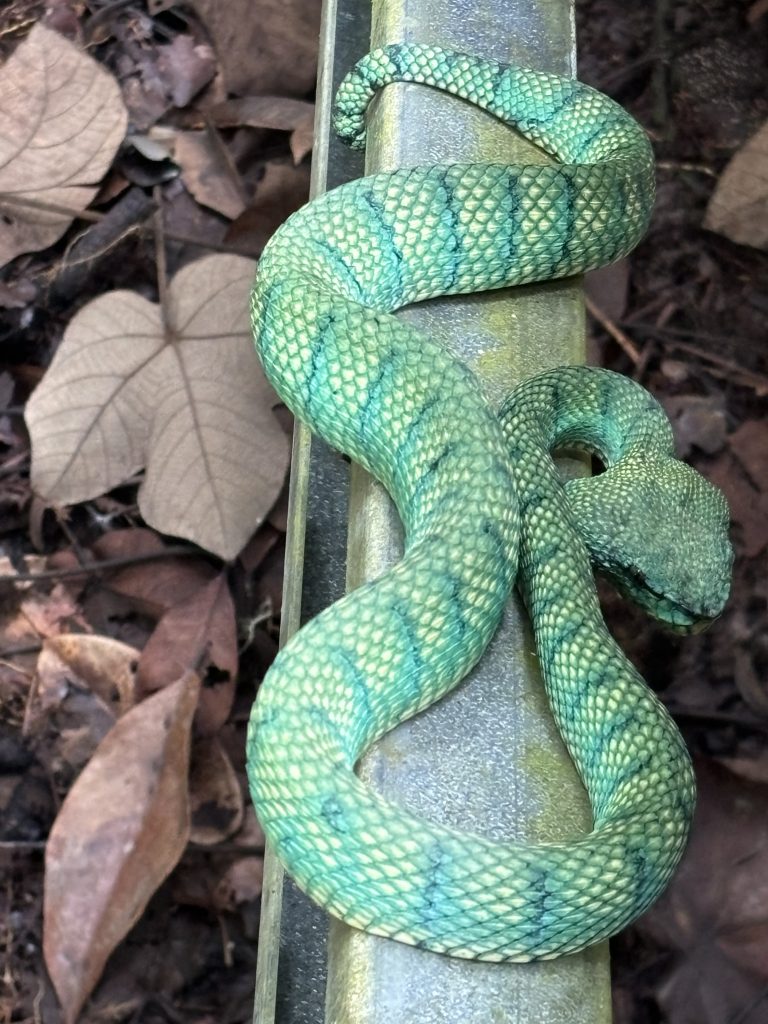



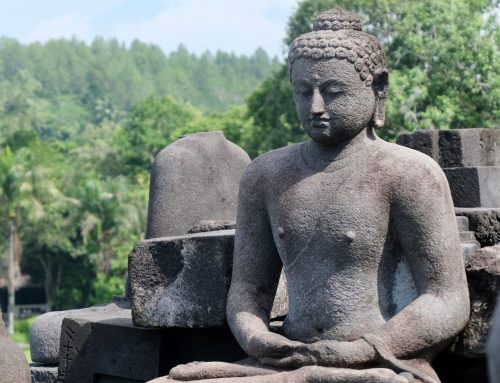


Leave A Comment